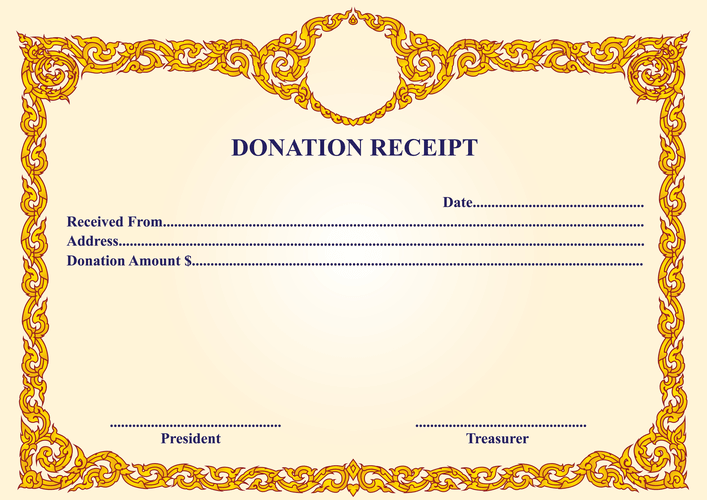Audit Procedures for Accounts Payable Risks and Assertions Included
March 3, 2023 11:15 am Leave your thoughts
Non-standardized documentation is a common mistake in manual reconciliation; automation is a great way to ensure that documents are completely in order. Even if it seems trivial, any missing information could indicate that something about a payment is incorrect. A best practice is to generate all journal entries in a standardized format, including converting non-standardized documents (e.g., third-party documents) into one. AP reconciliation might seem simple, and its general principle is just double-checking for accuracy. Another factor to consider is the accounts payable turnover ratio, which measures how swiftly a company pays off short-term debts.
- It serves as a reliable reference for monitoring outstanding payments, reconciling vendor accounts, and planning future expenditures.
- This systematic approach allows businesses to avoid missed payments, plan cash flow efficiently, and ensure vendor satisfaction.
- Auditors examine the accuracy of vendor information, invoices, and payment details.
- Advanced accounting software, such as Oracle Financials or SAP, automates data entry and reconciliation, identifying anomalies and streamlining processes.
- Leverage accounts payable reporting tools to analyze payment trends, identify inefficiencies, and forecast future expenses.
- Many platforms also report vendor spend by category, location, or other criteria, making it easier for auditors to focus on transactions with a specific vendor.
Planning for your AP audit
The services were provided, but the payment was not made until after the year-end. Consequently, the company should accrue (record) the $2,000 as payable at year-end. More importantly, it gives a business more space to pursue a progressive strategy and plan for future endeavors.

Unrecorded Liabilities
Such reconciliations ensure financial data is accurate and consistent across records. As businesses scale, HighRadius’ tools like accounts payable automation software can help businesses stay on top of invoices and due dates while reducing administrative effort. All documents needed for reconciliation need to be gathered into a centralized platform for review. This includes invoices, purchase orders, payment records, bank statements, accounts payable audit and related payments or goods/services. In addition to storing important information, automation can help facilitate an accounts payable audit. Electronic invoicing and payments provide everything an auditor needs right away, sometimes in a matter of hours rather than weeks.
Simple for approvers
- They uncover discrepancies, unauthorized payments or errors that could impact financial statements.
- This means your payable balance must be recorded in your year-end financial statements.
- AP reconciliation might seem simple, and its general principle is just double-checking for accuracy.
- An accounts payable audit is a necessity for all businesses, regardless of size.
The auditor then has the responsibility of ensuring that all company records adhere to the Generally Accepted Accounting Principles, otherwise known as GAAP. Paper is the antithesis of efficiency, which is why it’s being edged out of business altogether. With the onslaught of cloud technology, the threat of losing everything when “the hard drive crashes” is no longer a reality. Electronic invoicing and electronic payments mean an auditor is never looking for a needle in a haystack. They have everything they need right there and can be out of your hair in no time.
- Think of the month-end close in accounts payable not just as routine bookkeeping but as a powerful l…
- Document your payment policy and the payment methods (wire transfer, ACH, credit cards, payment cards, checks) your company uses to pay suppliers.
- Auditors do a follow-up review after a year, to check whether the suggested changes were implemented and the desired outcomes have been achieved.
- This review ensures that all payments are legitimate, well-documented, and recorded accurately in the company’s financial statements.
- And, after, we’ll cover accounting reconciliation tips, including how automating AP reconciliation optimizes the process.
- In this case, the control risk of accounts payable is the risk that accounts payable related control procedure cannot prevent or detect material misstatement.
Common warning signs Legal E-Billing include duplicate payments, missing documentation, unusual payment patterns, unauthorized changes to vendor information, and payments to vendors that aren’t listed in the master file. Many organizations conduct internal AP audits quarterly with a more comprehensive review annually. However, audit frequency may vary based on your transaction volume, risk factors, and regulatory requirements.

Auditing accounts payable is particularly important because understatement of liabilities and theft are two main occurrences that directly impact accounts payable. In a study, the Association of Certified Fraud Examiners found that the average organization loses around 5% of revenue to fraud. Whatever size business you work for, net sales losing 1/20th of your profits to fraud has a huge impact. An electronic invoicing system is one of the quickest and most effective ways to deal with fraud because there is much less room for human error.


This is a fundamental step in preventing fraud and maintaining financial accuracy. Your employee receives the vendor invoice and goes to the department manager and procurement department for three-way matching — invoice, purchase order, and goods receipt. Finally, the accounting department makes the journal entries and updates accounting records.
Categorised in: Bookkeeping
This post was written by vladeta



